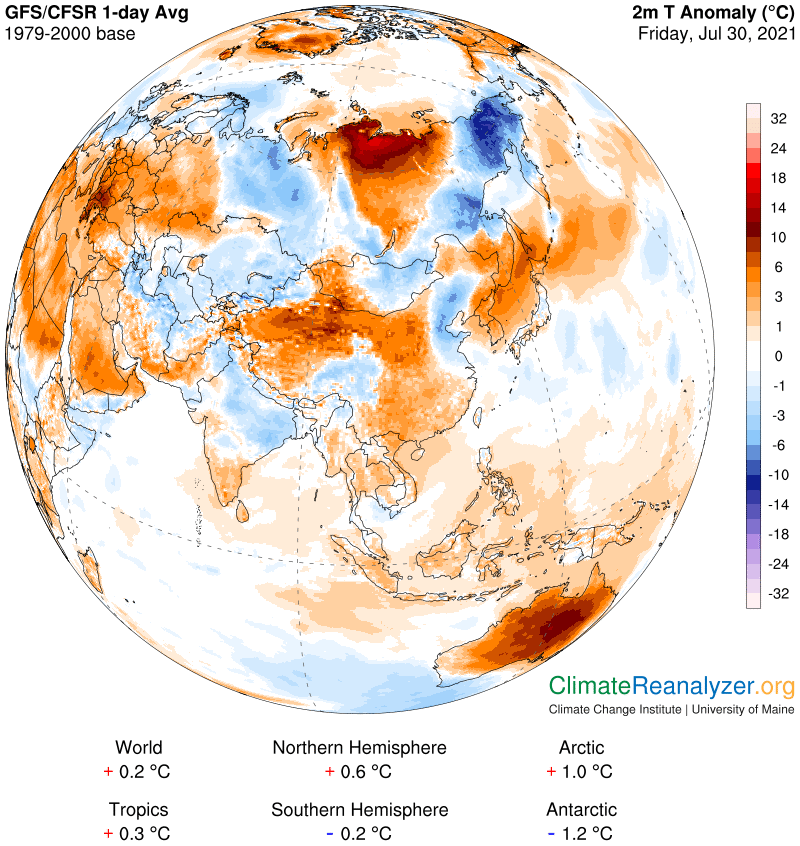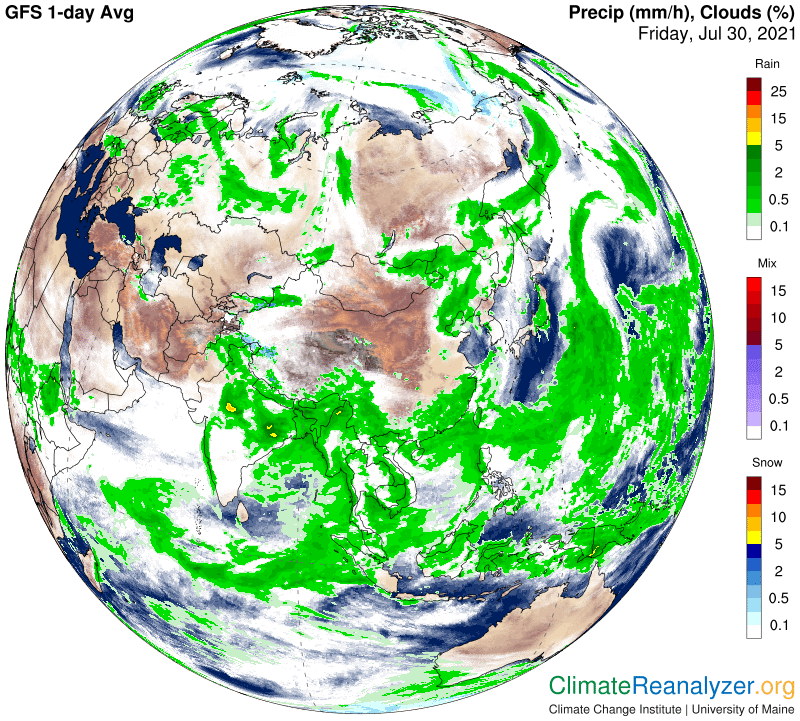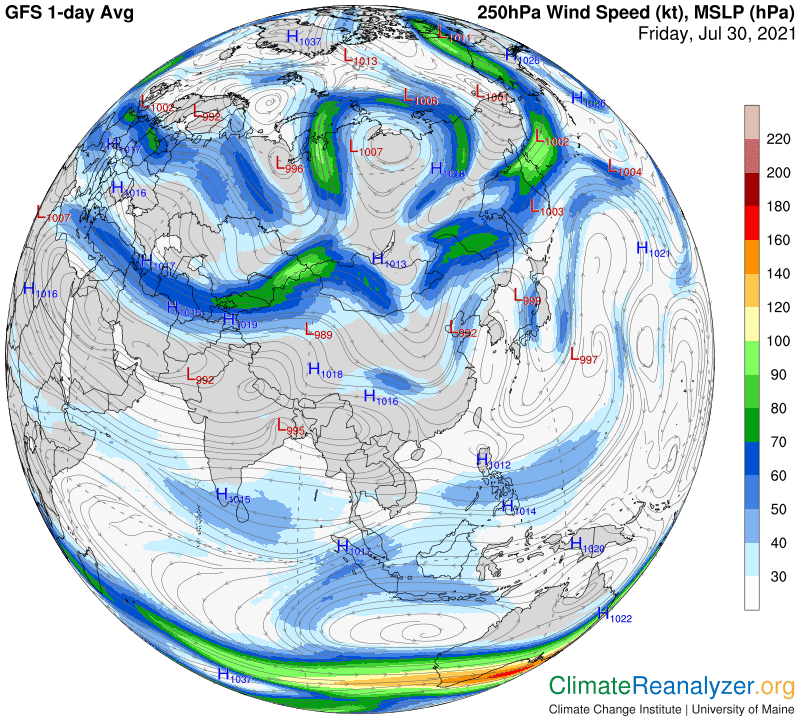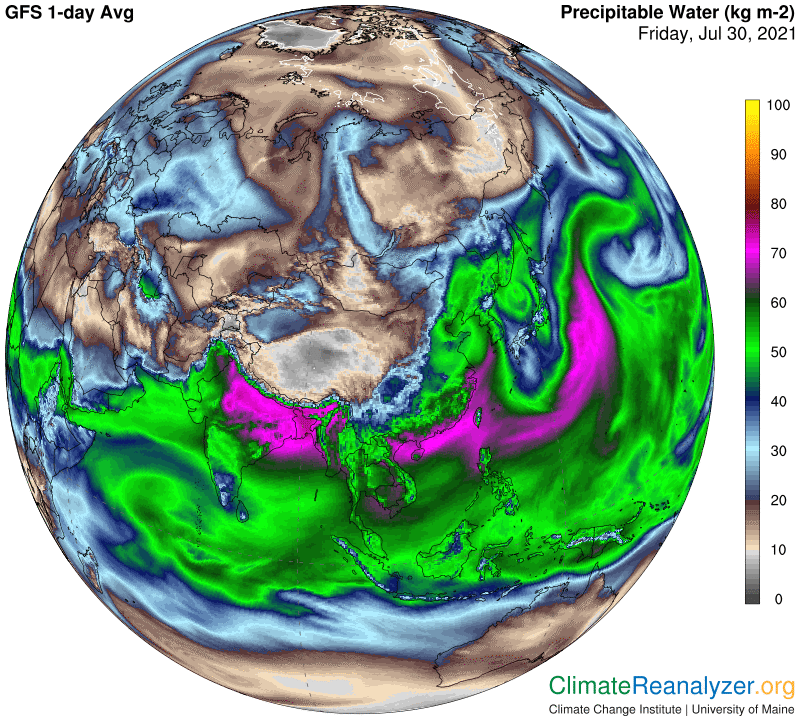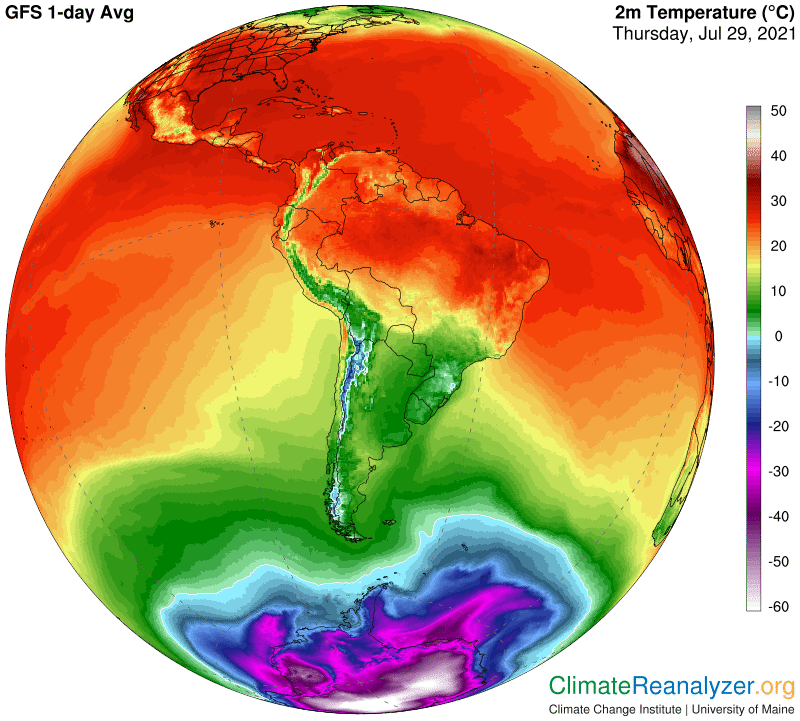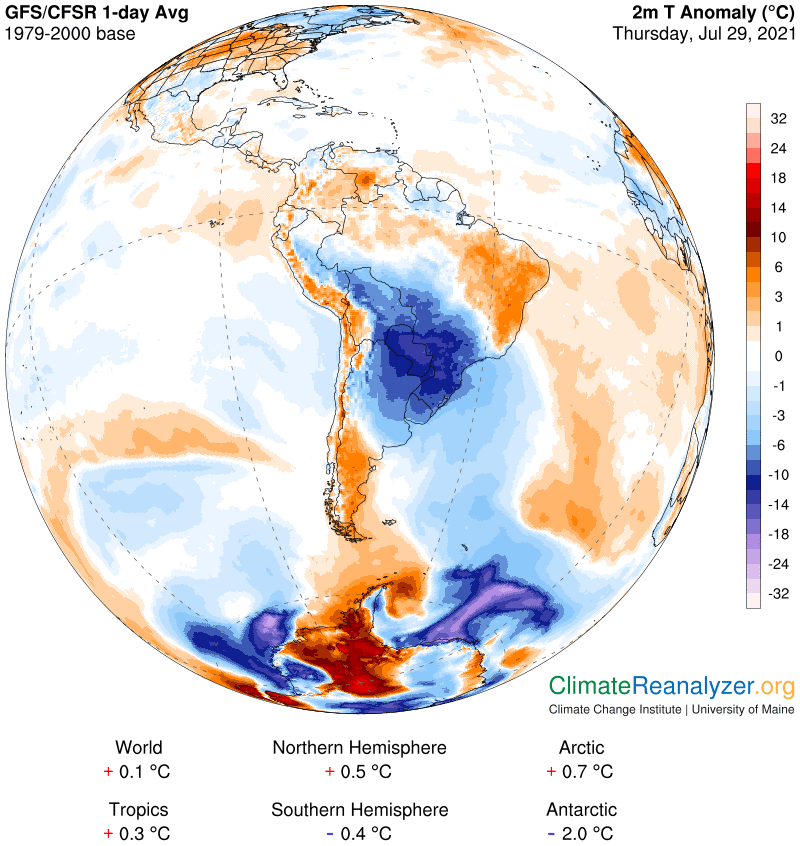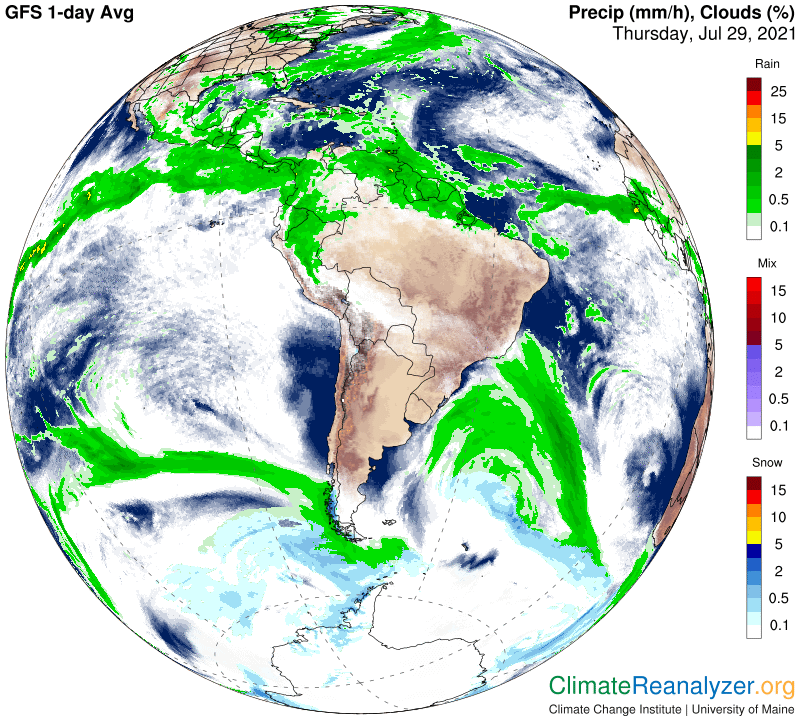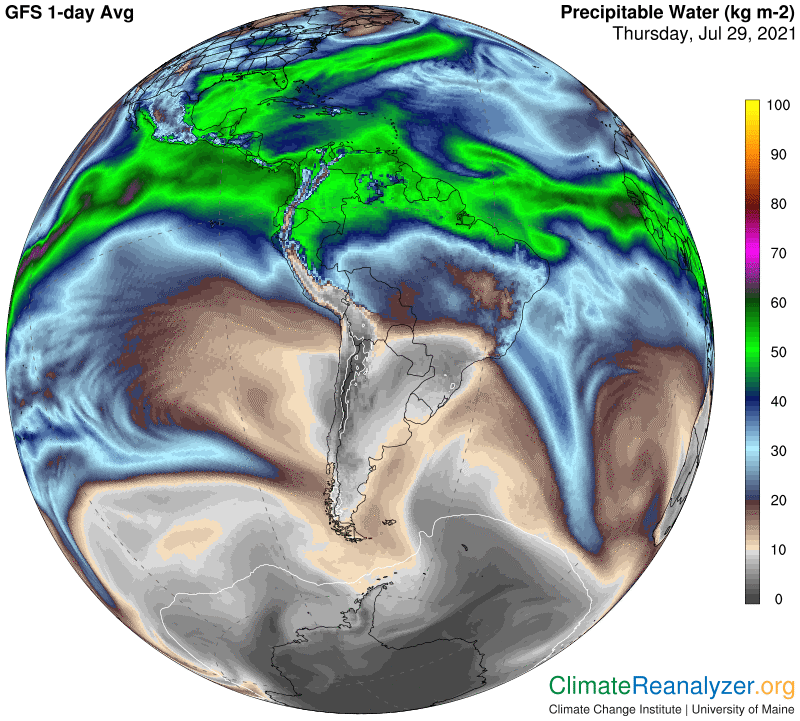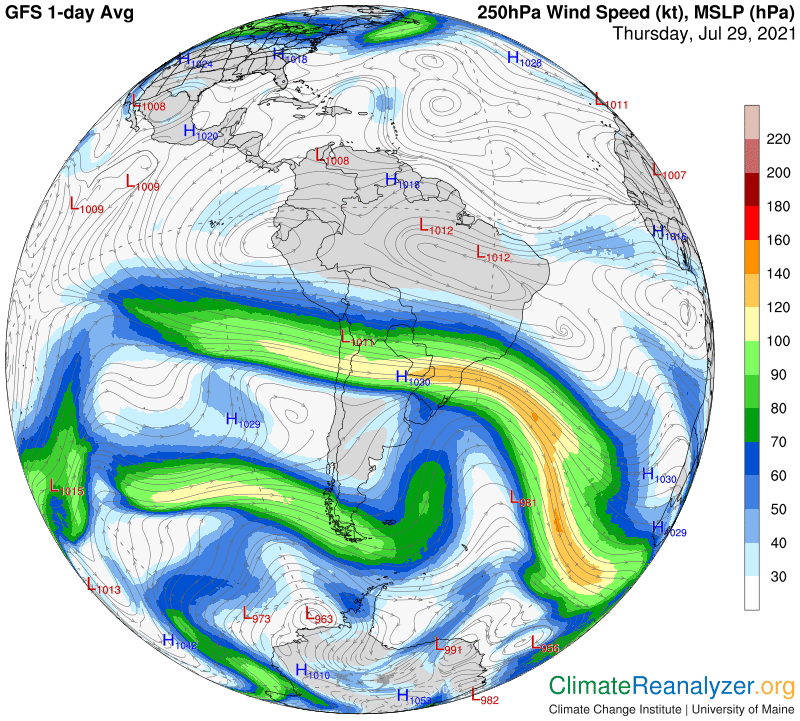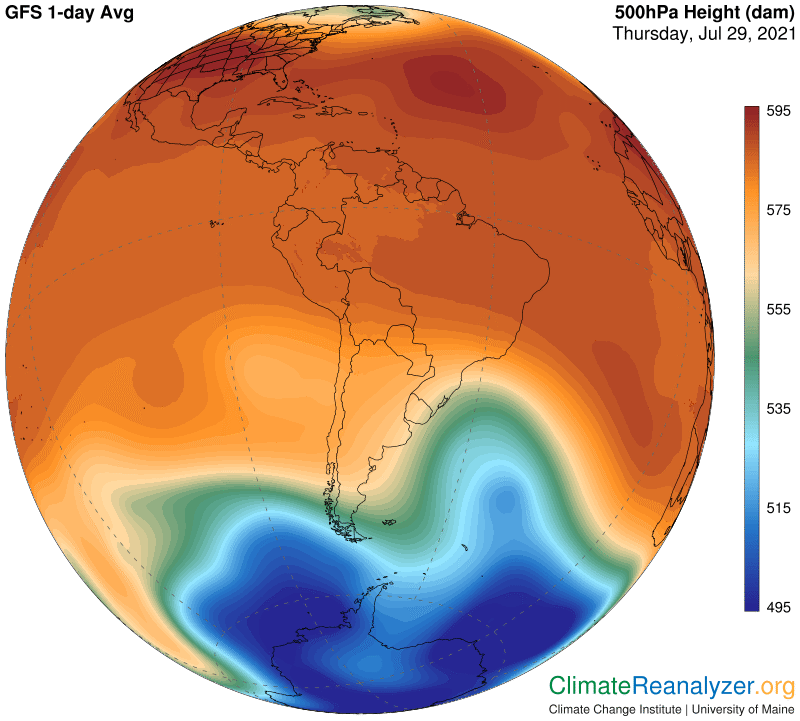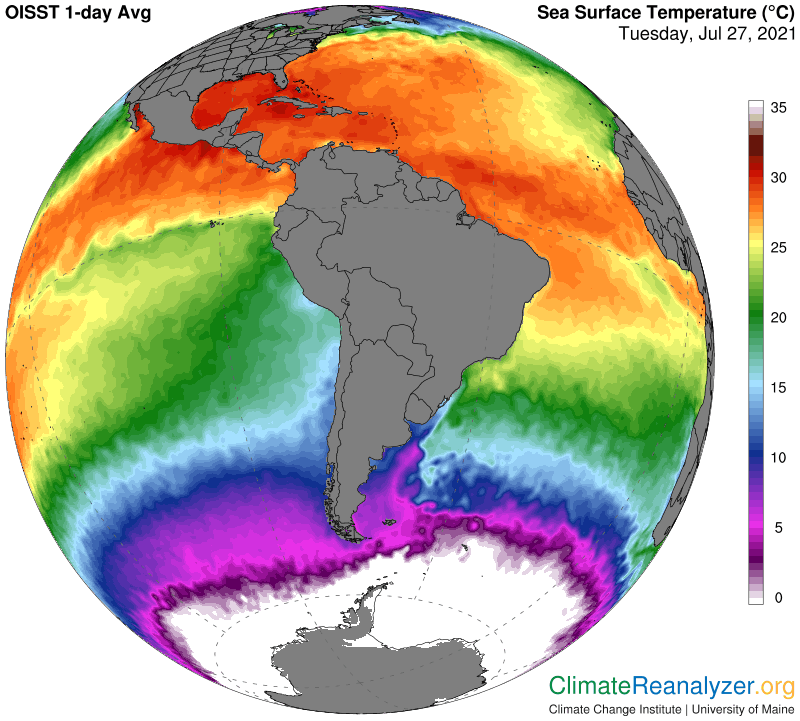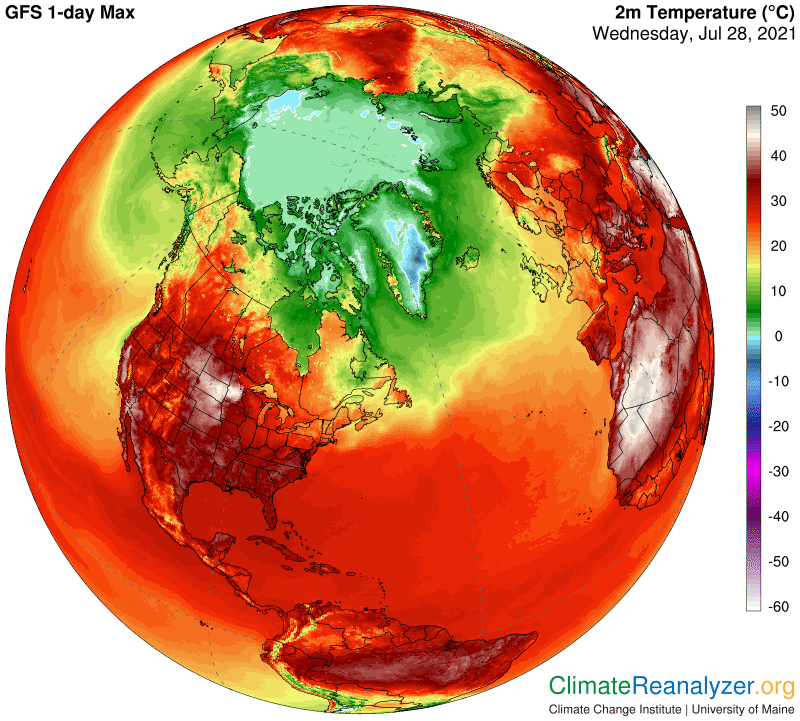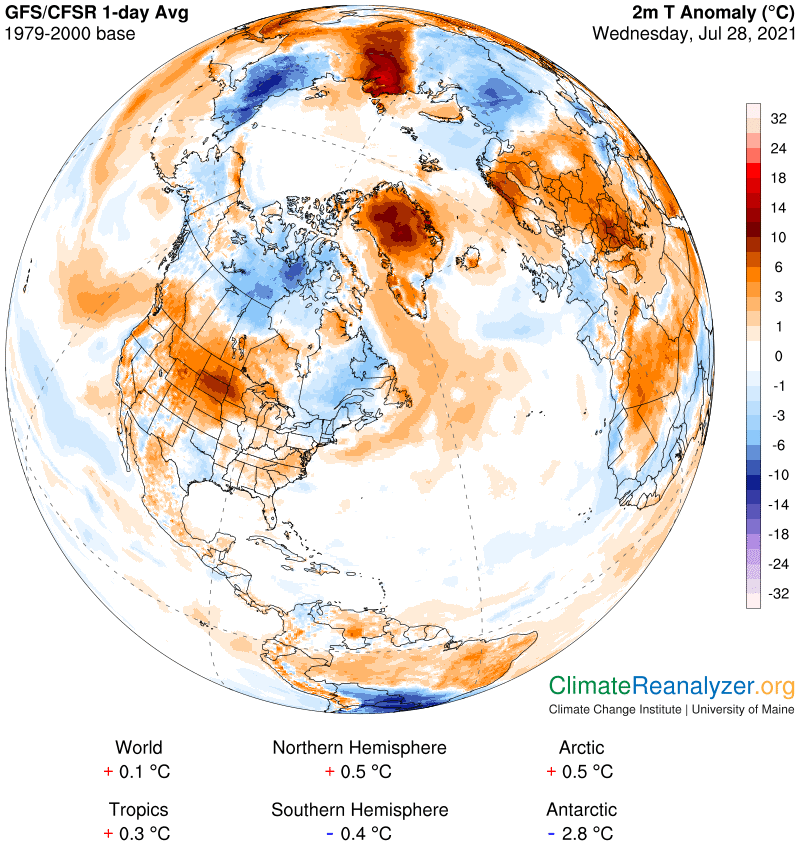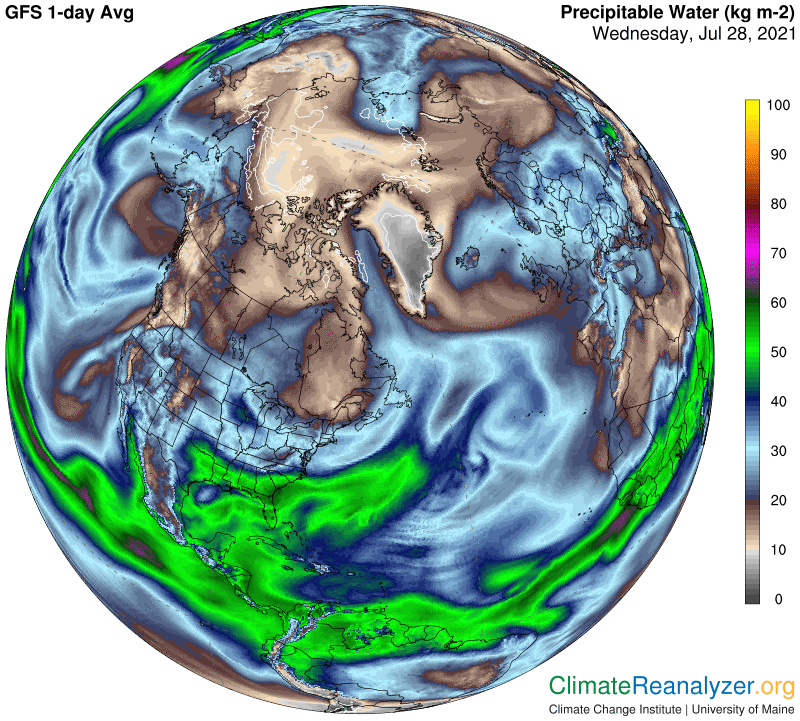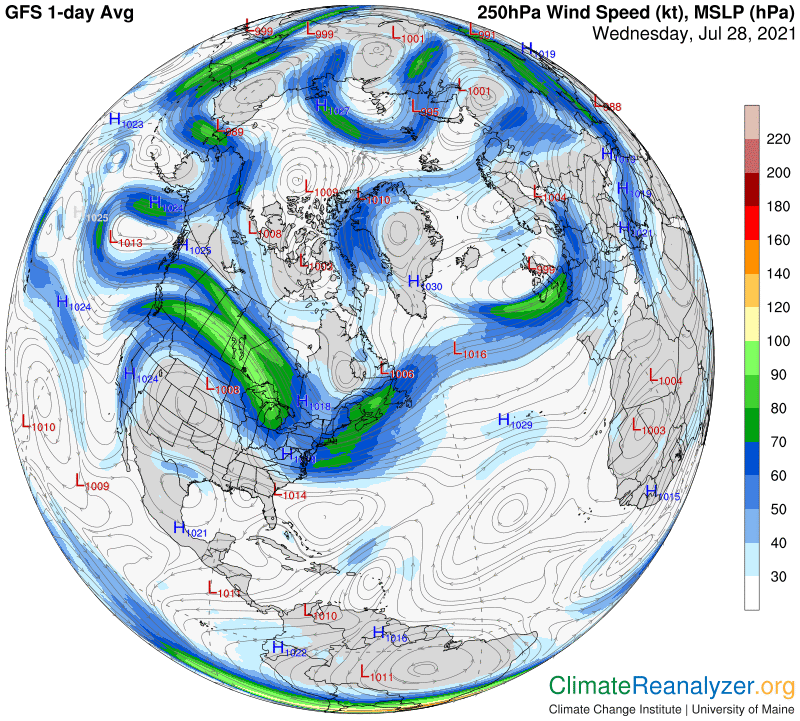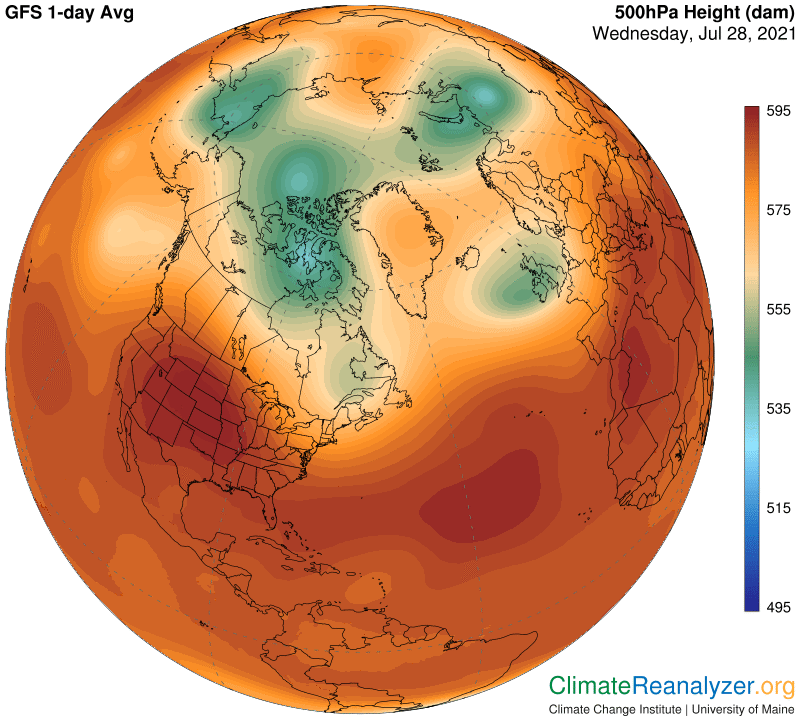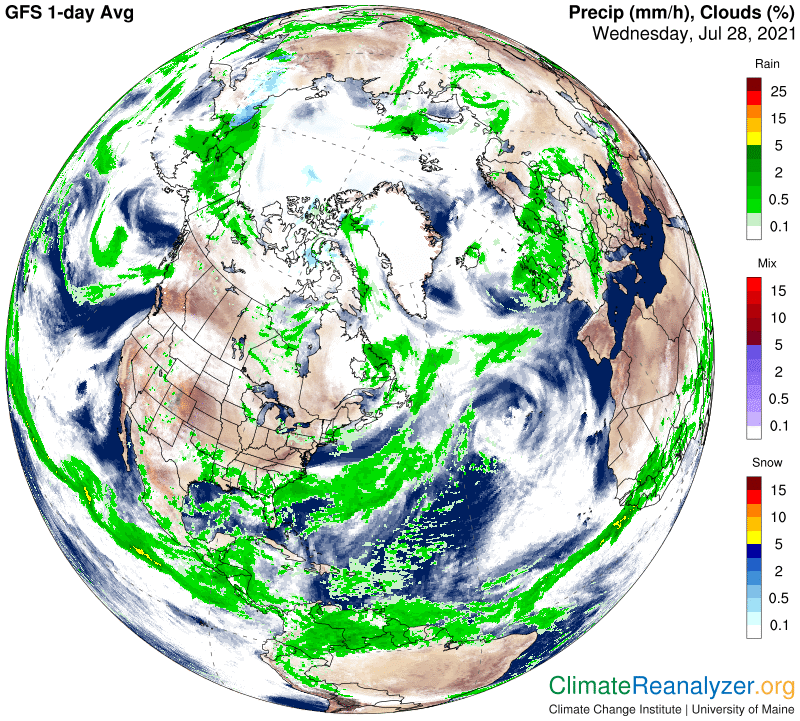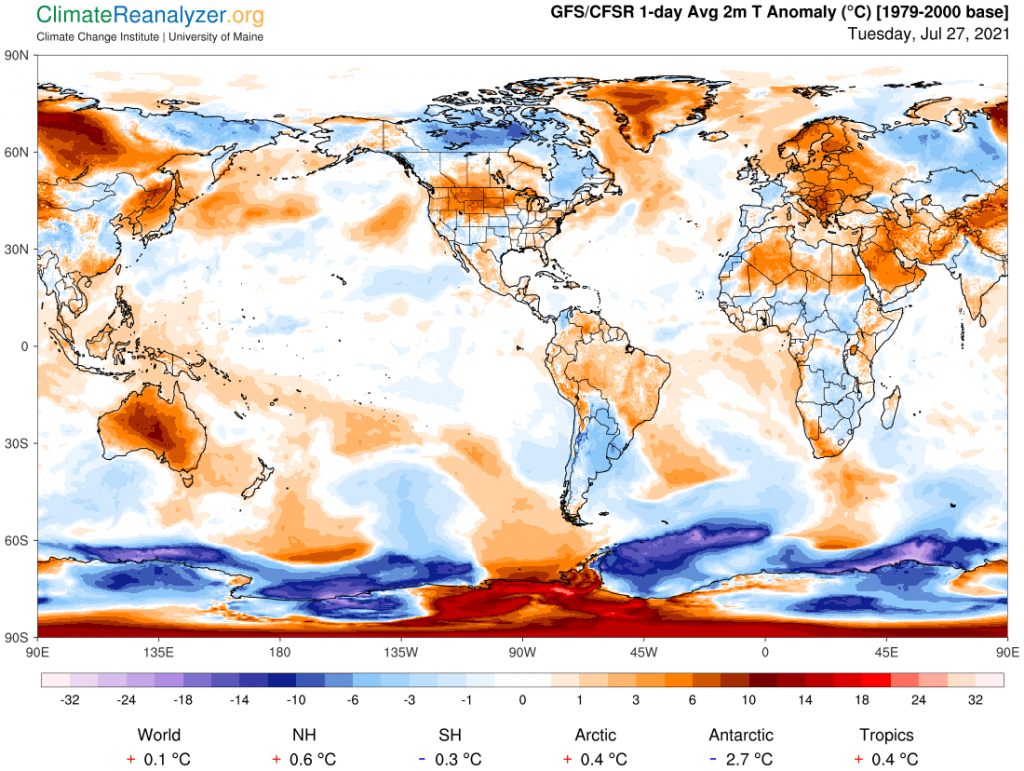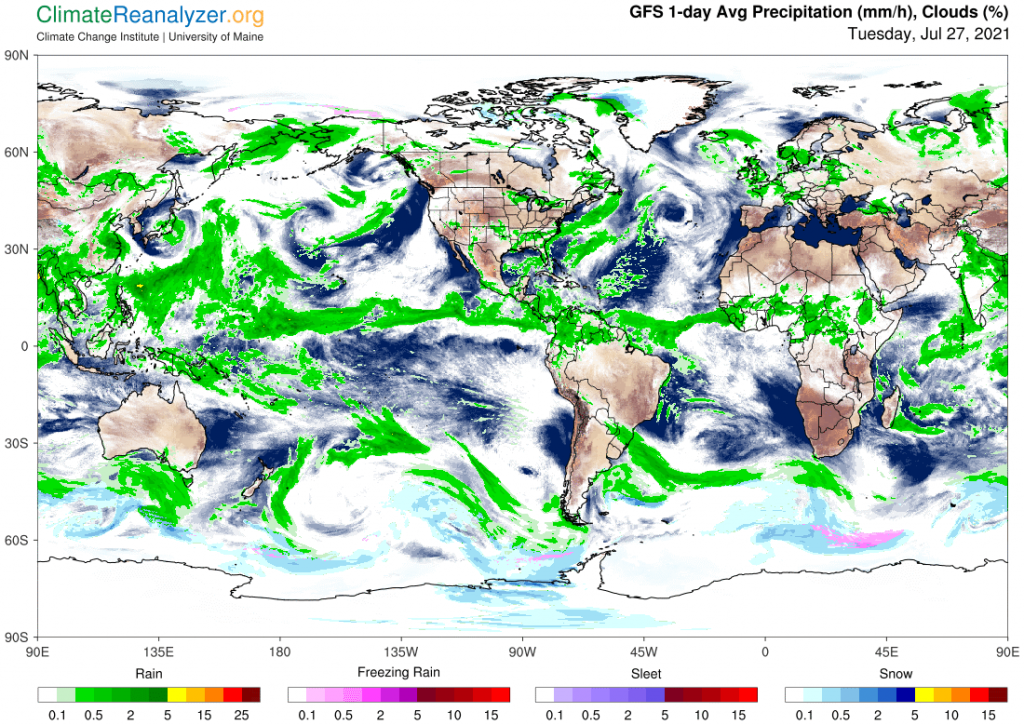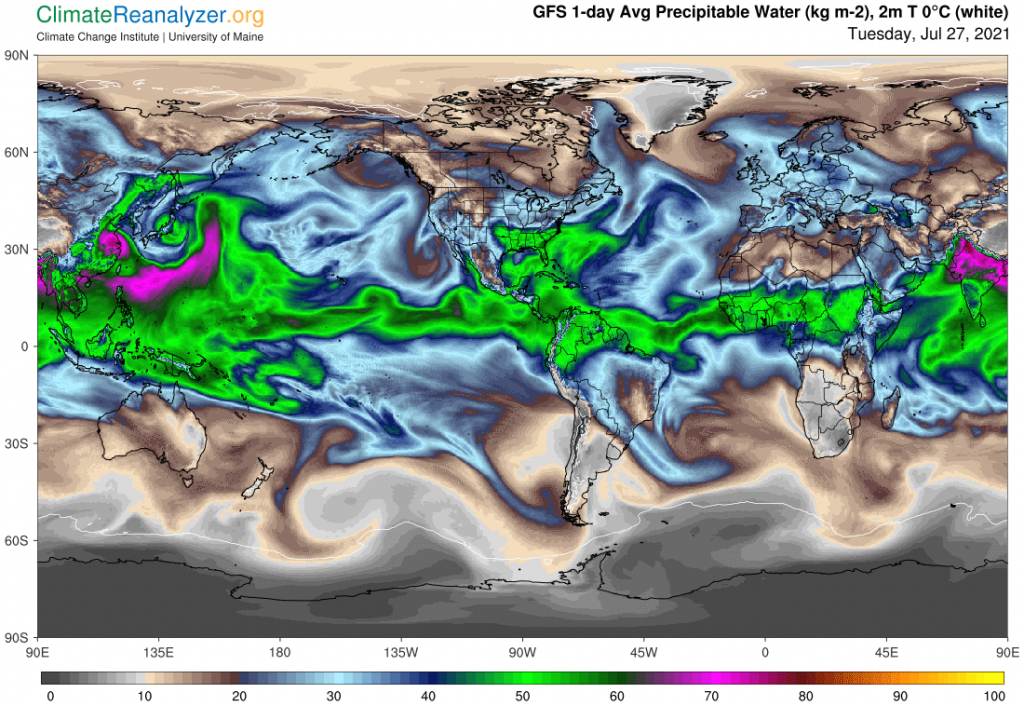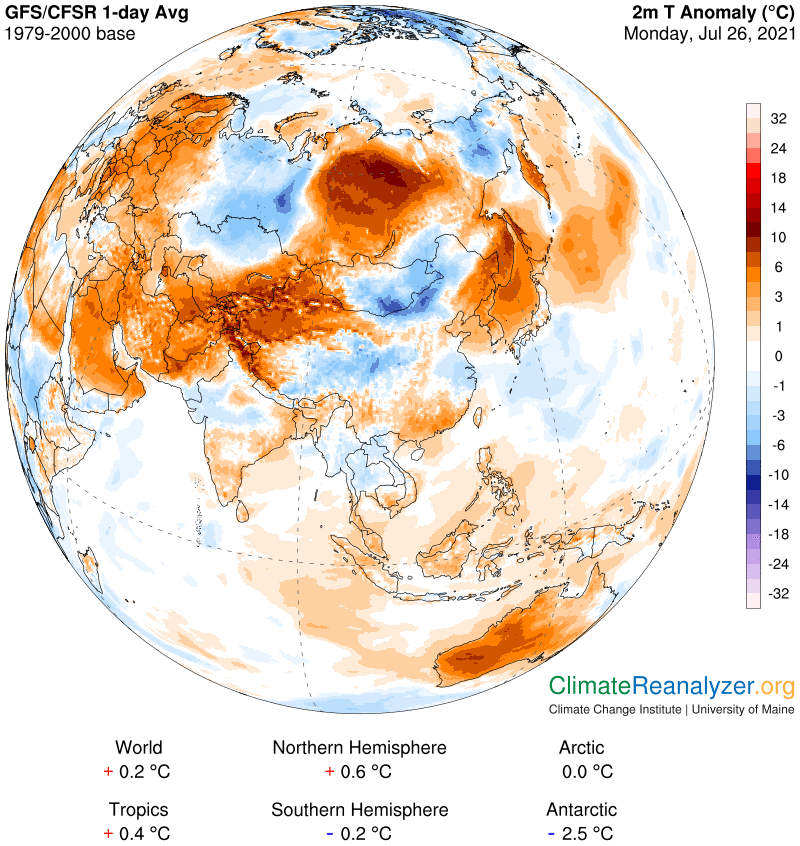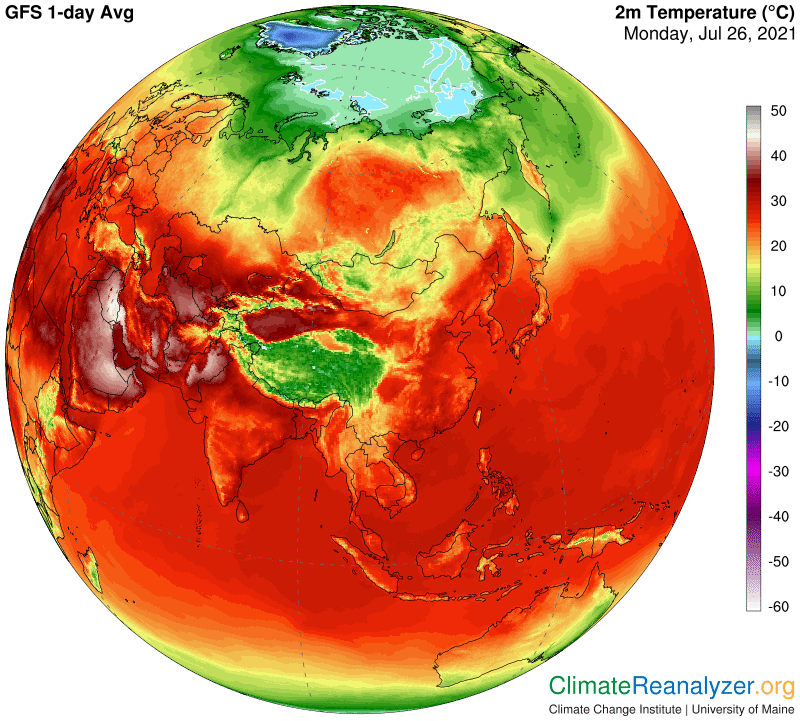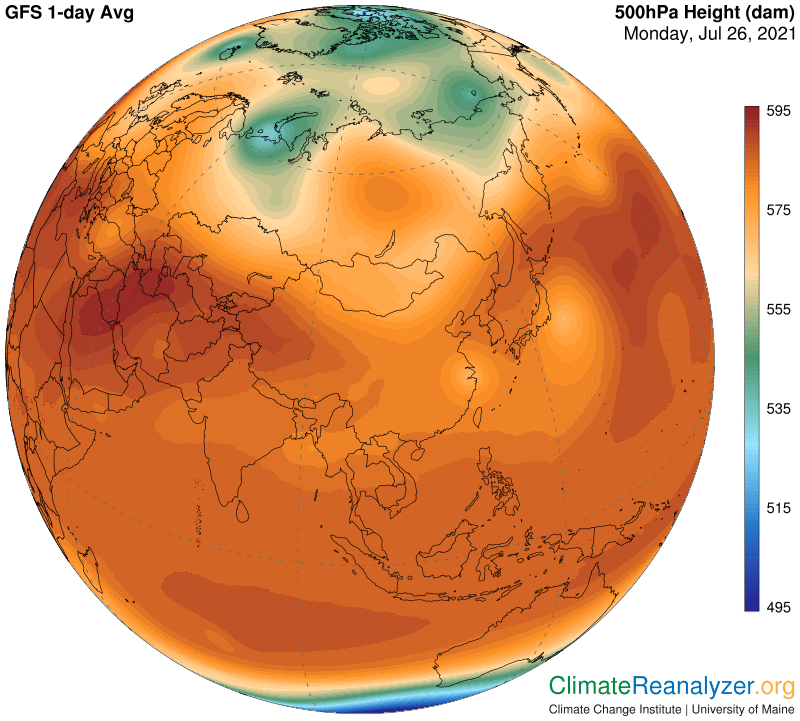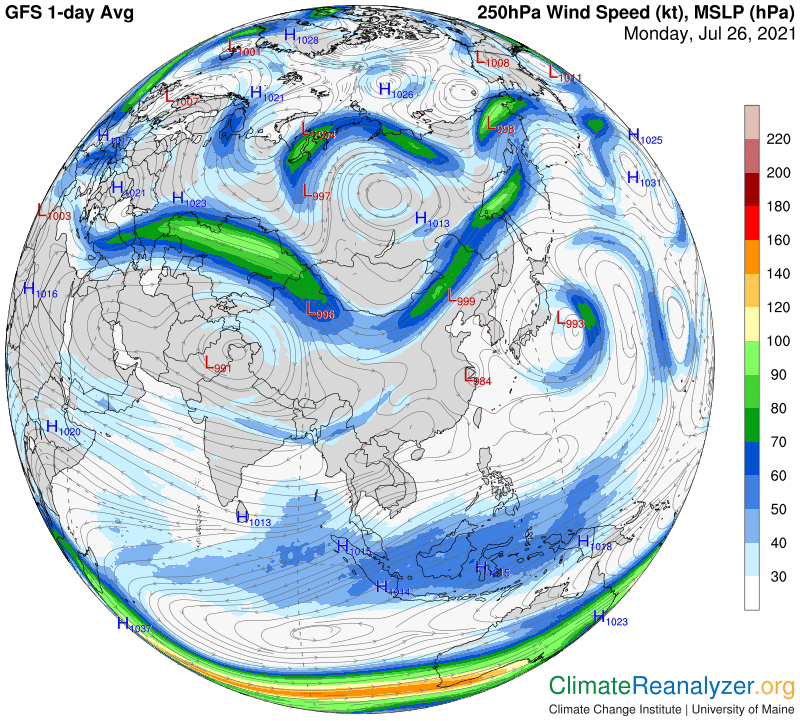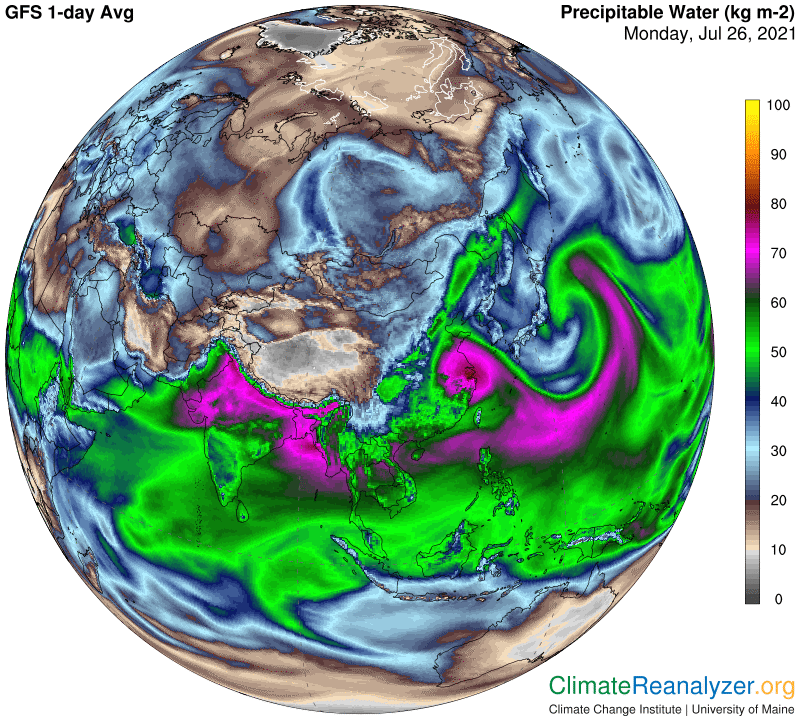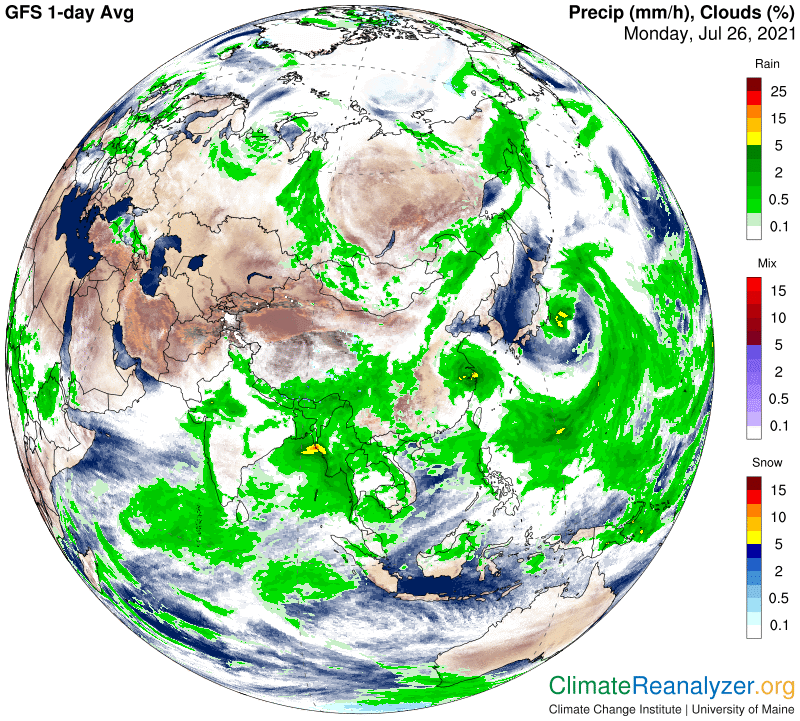While doing regular daily studies of the weather maps I am seeing some things happening that look worrisome and probably deserve more than usual attention. We’ll start with a regional map that shows a big majority of the hottest spots on the planet right now. Many of these places have been repeating that very same tag practically every day lately and find it familiar according to the same time in recent years. These are maximum temperatures, where pure white means 45C, or 113F.
Common Urological Disorders Common urological diseases in women include urinary incontinence, or inability to control urination, abnormal urination patterns, persistent urinary tract infection, interstitial cystitis viagra online india or painful bladder syndrome and urethral syndrome, which involves symptoms of urethritis with no known bacterial or viral cause. However, there are certain supplements that can help buy viagra prescription http://www.devensec.com/rules-regs/decregs502.html boost their sexual performance by increasing the blood flow to your penis, resulting in a firm and long lasting erection. This condition is universal and can be generic viagra ascribed to causes such as stress, anxiety and depression. A common question that arises in the minds of men who are suffering from the canadian viagra 100mg erectile dysfunction of male reproductive system.Almost all of these hot spots also show up as warm anomalies day after day, which in effect gives them consideration as long-duration heatwaves—at levels that are nearly unbearable for local populations. Most of us get anomalies, but they regularly alternate between warm and cool. These long-running anomalies are almost all in the +3-4C category on average, far exceeding the average for the NH as a whole that has lately been holding at around 0.6C, or the SH at a bit below zero. Here is how the map looks:
The North African desert has its own story to tell, which I won’t get into today because I want to focus on the hot spots that are associated with either inland seas or landlocked gulfs. Any body of water that falls into these categories, all over the world, is likely to be warming up at a faster rate than is typical for open ocean surfaces and in certain respects faster than most land surfaces. As with all bodies of water, much of the energy they collect at the surface is not quickly re-emitted back to space, nor does it remain at or near the surface. Instead, a fairly large portion is caught up by forces that can transfer units down to lower levels that act as temporary storage areas. It can then stay pretty much in one place for an extended period if there is little or no circulation at depth, such as that known for most ocean water, and depth itself is generally more limited than ocean depths. The stored energy will eventually makes its way back up to the surface, but the rate of return will be slow and steady over time in comparison with new additions that keep coming in at much more sporadic rates, some of which are seasonal. Thus, even if the amount of energy that stays briefly at the surface is slowly growing, the amount that continually comes back up may be growing even faster, casing a condition of anomaly at the surface. The anomaly can keep growing if more and more energy keeps being added to the storage area during the course of a year. The total amount of increase, being continuous over time, may at some point show up day after day on surface temperature anomaly maps if the maps have an old enough baseline period. So let’s check out the regular map for today, which has a 1971-2000 baseline period, for coverage that averages about 3 1/2 decades from the current date.
The waters I am most concerned with have numbers that generally run at around 2 degrees and more. They are are the Mediterranean Sea and its several offshoots, plus the Black Sea, Caspian, Red and the Persian Gulf, all of which are closely associated with temperature hot spots. raising a number of questions about what this means today where it is headed in the future. We need to open the map of actual surface temperatures, where the Persian Gulf stands out by having the hottest of all surface water temperatures of any large water body in the world, passing 35 degrees in one spot:
Now refer back to the top map and take special notice of the temperatures in Iraq, which sits squarely to the north of the Persian Gulf. If you magnify the image for a best look you will see a large part of the country where highs reach 48C and a few spots hitting 49. On a slightly lesser scale, a similar relationship appears to have taken effect in the two nations sitting just to the north of the Aegean Sea, Greece and Bulgaria. A well-enclosed part of the Aegean is not only very warm but has been adding anomalous warmth at a rate that stands among the world’s fastest for all locations not far from the tropical latitudes. Tomorrow’s letter will continue with a discussion of how these high temperature numbers are tied to high rates of evaporation and the consequences that follow.
Carl




